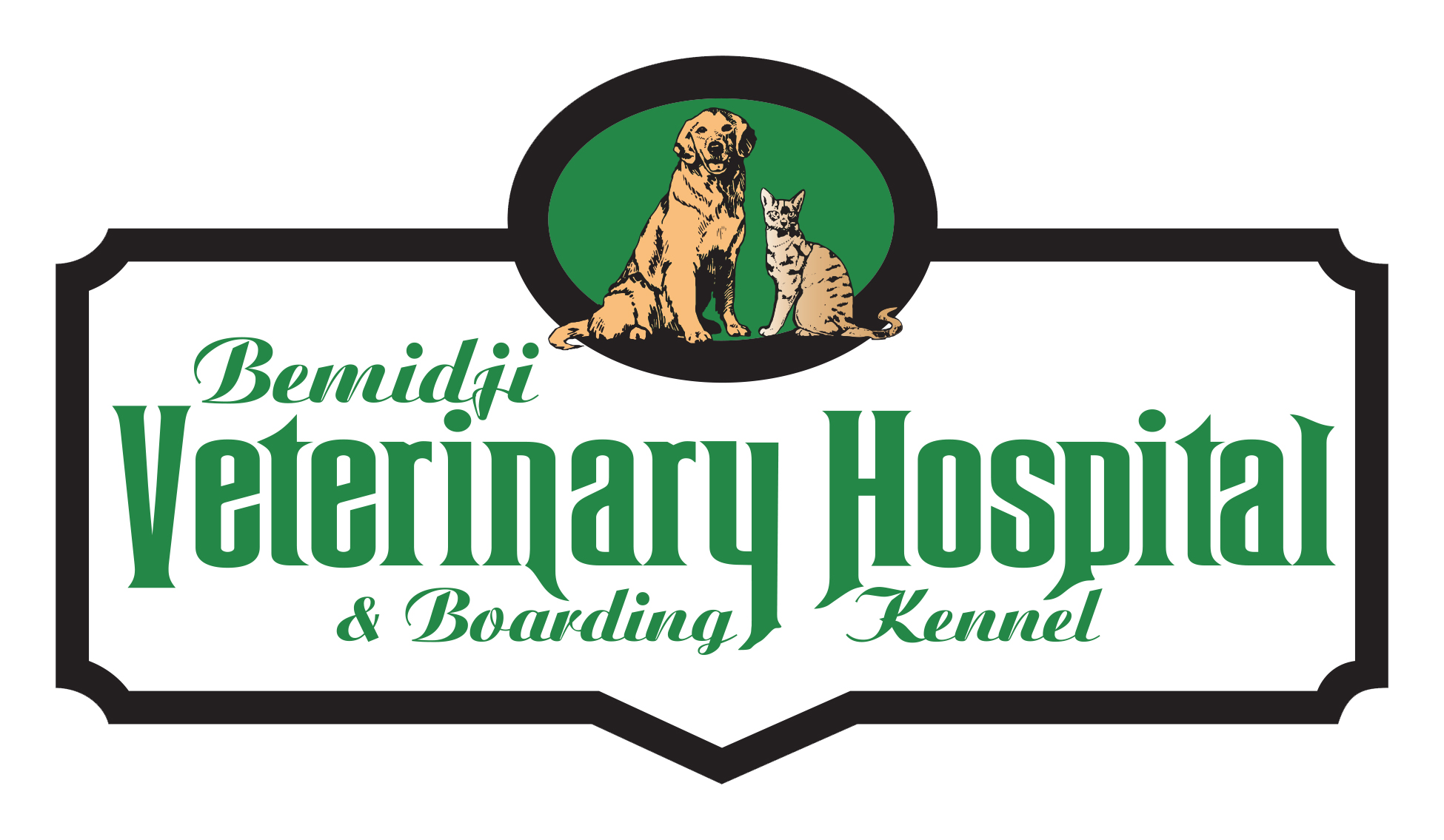We are proud to expand our services to include physical rehabilitation. Patients can now benefit from the advancements the veterinary field has made in this area of medicine.
These methods can dramatically reduce recovery time and relieve pain and inflammation. We will tailor a physical rehabilitation treatment plan for each patient’s specific needs.
Hydrotherapy
Hydrotherapy can be performed in our underwater treadmill. The water gives the patient buoyancy allowing it to walk on a treadmill or swim without the adverse effects of added weight. This reduces the stress on the joints and/or injured limbs. The associated muscles can grow stronger to support the weakened area.
Our Oasis Underwater Treadmill is located in our spacious multi-purpose room. It provides variable speeds, water depths, incline settings, and jets for resistance. The water is heated, filtered, and treated before each use.
Cold Laser Therapy
Light is one of the oldest forms of therapy. A laser concentrates light to apply the resulting energy to a precise location. The energy stimulates the body to produce a biochemical response at a cellular level in the designated area of treatment.
Bio-Pulse Electromagnetic Field (PEMF) Therapy
PEMF therapy is non-invasive and has the ability to pass through fur, skin, bandages, and bone. By using magnetic wavelengths and frequencies similar to those naturally occurring in the body, PEMF can positively influence electrical potential in the cells, decrease inflammation, increase circulation, reduce pain, and accelerate healing.
Platelet Rich Plasma (PRP) Therapy
PRP provides a drug-free, minimally invasive solution to acute and chronic orthopedic and soft tissue injuries, treating your pet from the inside out.
Physical Rehabilitation benefits:
- Relieves Pain
- Reduces Swelling
- Encourages Healing of Wounds & Injuries
- Resolves Long-term Dermatological Issues
- Strengthens Muscles
- Reduces Weight
- Improves circulation
- Reduces Scar Tissue Formation
- Improves Nerve Function
- Fitness Training
Fit or Not Fit
The veterinary field has developed a straightforward Body Condition Score to help you determine whether your animal is an appropriate weight.
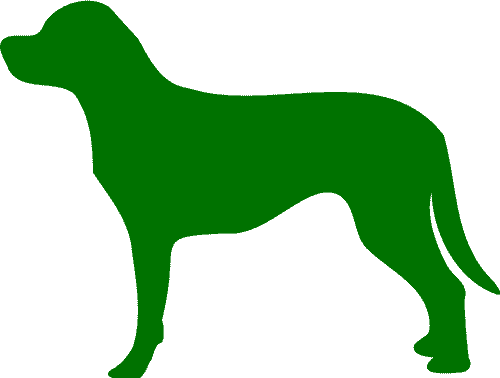
Level 1 — Emaciated
Your pet has no clear signs of body fat and there is an absence of appropriate muscle mass. Ribs, vertebrae, pelvic bones, etc. are all prominent or evident at a distance.
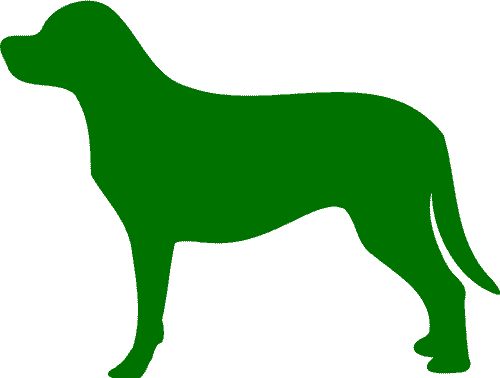
Level 2 — Thin
Your pet’s ribs and vertebrae are visible but less prominent. His or her waist and abdomen tuck-in significantly.
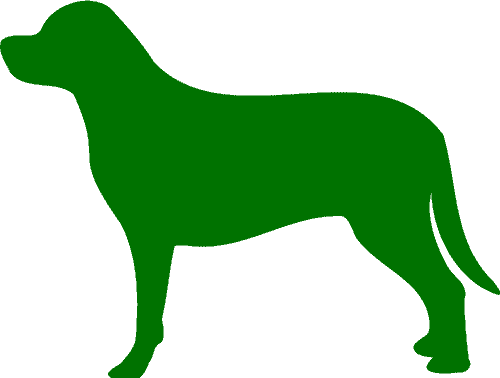
Level 3 — Moderate (Ideal)
Your pet has appropriate muscle mass, and his or her ribs can be felt with little to no fat covering them. His or her abdomen tucks up when seen from the side.
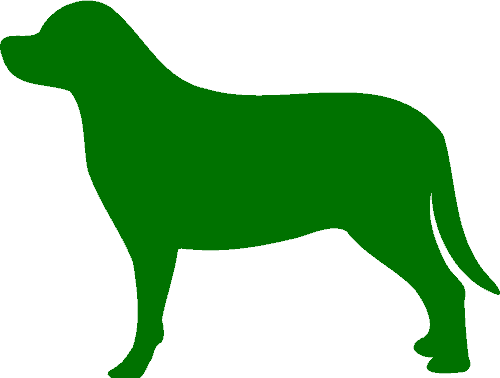
Level 4 — Stout
Your pet has appropriate muscle mass, but there is a general fleshy appearance with little to no appearance of ribs or vertebrae. Abdominal tuck is not present.
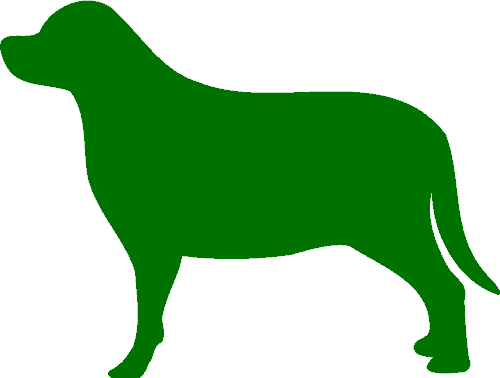
Level 5 — Obese
Your pet has excess fat deposits covering both muscle mass and bones.
Tips to Stay in Tip-Top Shape
- Running and biking—These are excellent ways to get in shape and stay in shape. However, your pet may need to build up to it. Don’t overexert your pet, and pay attention to things like the pads on their feet and any signs of stiffness or limping.
- Swimming—An excellent, low impact way to get in shape and stay cool in hot weather. The same rules apply to not overexert your pet. Keeping your dog from swimming too far out or using a pet life jacket is key to making this a safe exercise option.
- Be creative—Of course, playing ball or Frisbee is an excellent source of cardio exercise for your pet. Make it as interesting as possible, especially when the weather prevents you from outdoor play. Have you ever made your cat chase a laser beam? Have you ever blown bubbles in the air in front of your dog?
Physical Rehabilitation for Pets in Bemidji, Minnesota
Contact us if you have nutrition questions or special food ordering needs. And it’s always a good idea to set up an appointment for a regular physical exam.
Explore Our Complete List of Veterinary Services in Bemidji, MN
What's Next
Call us or schedule an appointment online.
Meet with a doctor for an initial exam.
Put a plan together for your pet.

